Does Insulation Window FIlm Really Work? 3M Thinsulate CC75 Window Film Is Put To The Test.
Discover how 3M Thinsulate CC75 Window Film makes a difference to double glazing in our director's home with the help of thermal imaging pictures.
The reason we are The Window Treatment Specialists is that we research new technologies and the difference they make to our clients' lives, our lives and your lives!
The stage was set for a 12-month experiment to experience all 4 seasons with and without Insulating Window Film. My old double glazed patio doors had 3M Thinsulate CC 75 window film on the left-hand side and nothing on the right-hand side.
3M Thinsulate cc75 window film Film is an Insulation Window Film, which is a total misnomer because it works by reflecting heat rather than insulating. It is less than a tenth of a millimetre thick and is applied internally to the window pane. Leave the film on and it will be there for twenty-something years as an integral part of the window system.
Talk to an Insulating Window Film Specialist

That’s me in the thermal image. It is taken with a special camera that detects heat rather than light. This is the only picture in the whole wide world that makes me look hot.
My Own Experience With 3M Thinsulate CC75 insulation window film
So let’s start this story with the untreated window. During the Autumn, Winter and Summer I would typically feel cold when in close proximity to the glass. It feels as if a draft is coming from the window. It is not a draft though. What is actually happening is that I am radiating some of my ‘hot’ body heat to the ‘cold’ glazing. Secondly, I am losing heat more from the side of my body closest to the window, which increases the sense of being chilled.
In fact, the heat from any object inside the room is radiating heat as long as it is warmer than the colder glass. Most of that radiated heat goes straight out the window.
Look carefully at the right-hand window and you might be able to see the A4 3M Thinsulate cc75 window film sample that I put on the window. You can see the heat being reflected back.
Now let’s take a look at the left-hand window. You can see the warmer objects in the room is reflected back. I am standing 3 metres from the window and almost all my heat is reflected back into the room.
What was really interesting is that when I stood right next to the glazing I could feel my own heat reflected into my face, which is a weird sensation at first. The best way I have found of describing it is to compare it with adjusting the temperature upwards in the shower. The water feels really hot for a few seconds before the body adjusts to the new temperature. I have grown to love the feeling of the heat being reflected back. The 3M Thinsulate cc75 window film rejects up to 38% of the heat meaning that over a third of the building's heat loss will be eliminated.
In the summer I usually rise with the beautiful but rather noisy dawn chorus that the birds deliver to my open windows. My home office desk is located next to the filmed window. I was frequently grateful for the additional warmth as overnight temperatures can be low even in the summer.
The patio windows face East and I get the morning sun which is low in the sky. When we do get sunshine it is often rudely interrupted by a passing cloud resulting in it feeling suddenly cooler before the sun makes another appearance. It takes the human body about 10 minutes to adapt to thermal changes during which time we are distracted.
I find it is much easier to concentrate behind the filmed glass as I was only affected by the glare and not by the heat changes. Hint - we do amazing 'intelligent' blinds.
About 50 per cent of the sun's radiant heat is rejected whilst virtually all the natural light is transmitted. The heat rejection would have been higher if the windows had been single pane rather than double glazed. This is because some of the absorbed heat does not make it back through the insulating cavity of the double glazed window and is re-radiated internally.
After the 4 seasons were over I had the whole house filmed in 3M Thinsulate cc75 window film to take advantage of the greater comfort and to protect the new wooden floors I was having put down from fading.
There is a saving on the bills as the heat loss through the glazing is reduced and I have reduced the thermostat settings by 2 degrees. Lowering the thermostat setting was made possible because I no longer need to hike up the temperature to compensate for cold spots adjacent to windows.
INSULATION WINDOW FILM MAGIC FROM 3M
Imagine being snuggled up to the warmth of an open fire. The crackling flames dance and their heat caress your skin. The icy cold wind is barely a thought as it bites at the branches of trees outside your window.
You deserve to be comfortable in your own home whatever the weather outside.
You were looking at the reflection of the heat from the open fire being reflected back into the room.
The Invisible Insulating Window Film Protecting You From The Cold
Windows are wonderful as they let in abundant natural light and provide your view of the outside world. However, they are between 6 and 25 times less insulating than a typical cavity wall.
Therefore, it is not surprising that cold spots are typically next to windows.
The windows below are double-glazed units installed in 2004. Insulation Window Film has been applied to the window in the first image with the red poinsettia. The second window is untreated...
WOULD YOU BE ABLE TO TELL WHICH WINDOW HAS THE INSULATING WINDOW FILM?
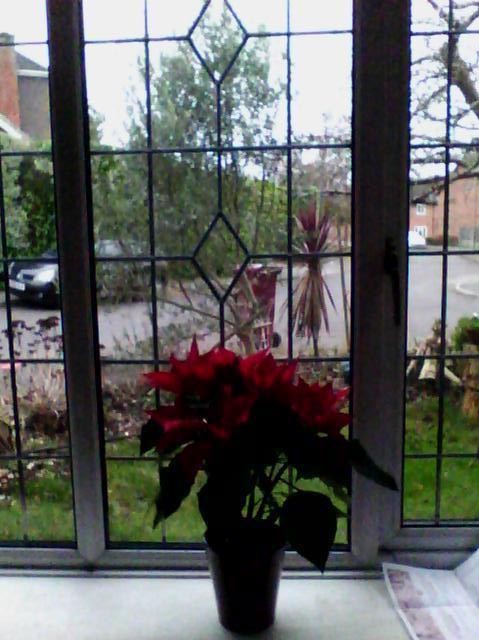
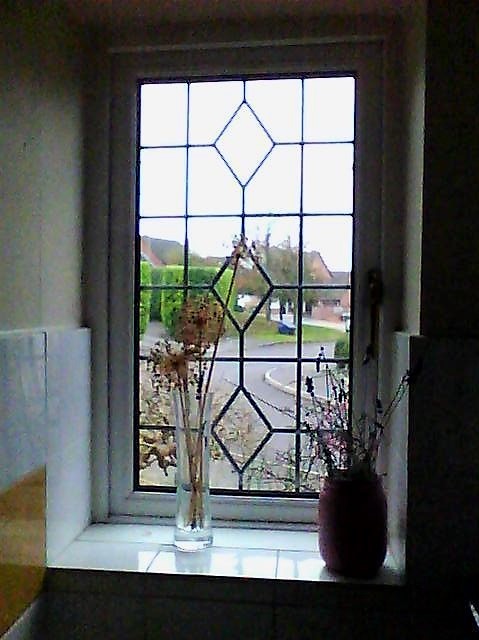
The Insulation Window Film that Reflects 86 Percent of Radiant Heat Back in the Room
Two identical windows with very different results. There is a feeling of a cold draught when we radiate heat from our warmer body to the colder surface of the glazing. The window with the insulating window film in the first image shows the radiated body heat being reflected back into the room. A thermal imaging camera was used to capture this. The second image shows no such reflection because the majority of the body heat is being absorbed and then re-radiated through the window.
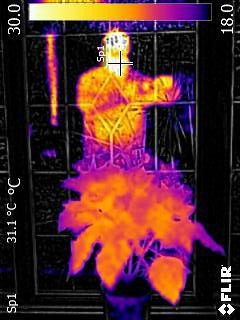
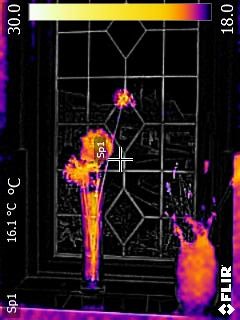
Insulation Window Film Significantly Reduces Heat Loss Through Your Windows
These are thermal camera images from outside the property. The outer pane of the untreated window is about 4 degrees warmer because significantly more heat is escaping through the glazing when it could be keeping you cosy and warm.
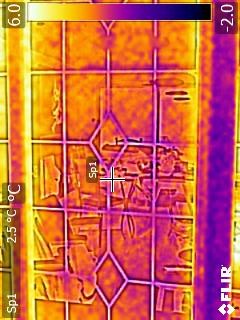
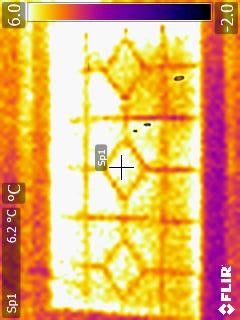
Email info@windowtreat.co.uk for comfort.
